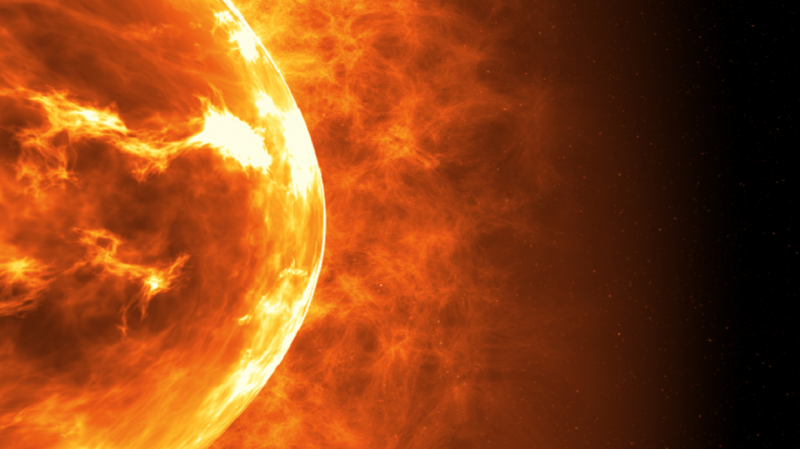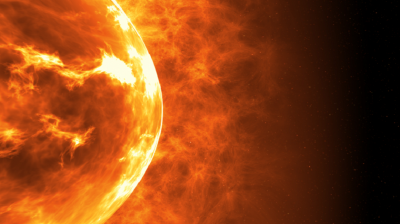NASA has detected an explosion of "dark plasma" on the Sun that could affect Earth and cause a 60% disruption in radio and communication networks this week. The National Oceanic and Atmospheric Administration (NOAA) issued a warning on Monday stating that this plasma explosion may lead to "fluctuations in the power grid," with a likelihood of radio and flight communication disruptions, as well as satellite operations, when the effects of the explosion reach Earth by Friday.
A video from NASA, captured by its Solar Dynamics Observatory, showed an explosion of a dark cloud of cold solar flare resembling "black smoke" shooting off the surface of the Sun. A study conducted in 2023 found that "cold" solar flares at lower temperatures produce "higher peak frequency emissions of gyrokinetic radiation," which is the precise form of radiation responsible for intensive and destructive radio emissions from flares.
NOAA indicated a 60% chance of further medium-level solar flares occurring in the next 24 hours, with a 15% chance of more extreme X-class flares, which could lead to global radio interruptions. The recent "cold" M-class solar flare erupted from a sunspot region named AR3757 late on Sunday. Solar flares are classified into four categories based on intensity: X-class flares are the most intense, followed by M, C, and the weakest, B. Emissions from X and M classes carry enough energy to affect Earth, as their electromagnetic pulses can cause interruptions in communications and electricity.
Experts have warned that Earth is likely to face more severe solar storms over the next year. Astrophysicist Dr. Jonathan McDowell from the Smithsonian Center told the Daily Mail in May that the Sun has not yet reached its "solar maximum," which is the most active point in its recurring solar cycle. The Sun is expected to reach this "maximum" in the summer of next year: July 2025. McDowell explained, "We could face much bigger storms in the next year or two."
Experts noted that the number of visible sunspots on the surface of the Sun was virtually zero during the "solar minimum" of 2019, but at the upcoming maximum in July 2025, there could be up to 115 sunspots, according to forecasts from the National Oceanic and Atmospheric Administration's Space Weather Prediction Center. While the 11-year solar cycle only increases the total radiation emitted by the Sun by a small amount of 0.1%, this excess is significantly concentrated in sunspot activity.




